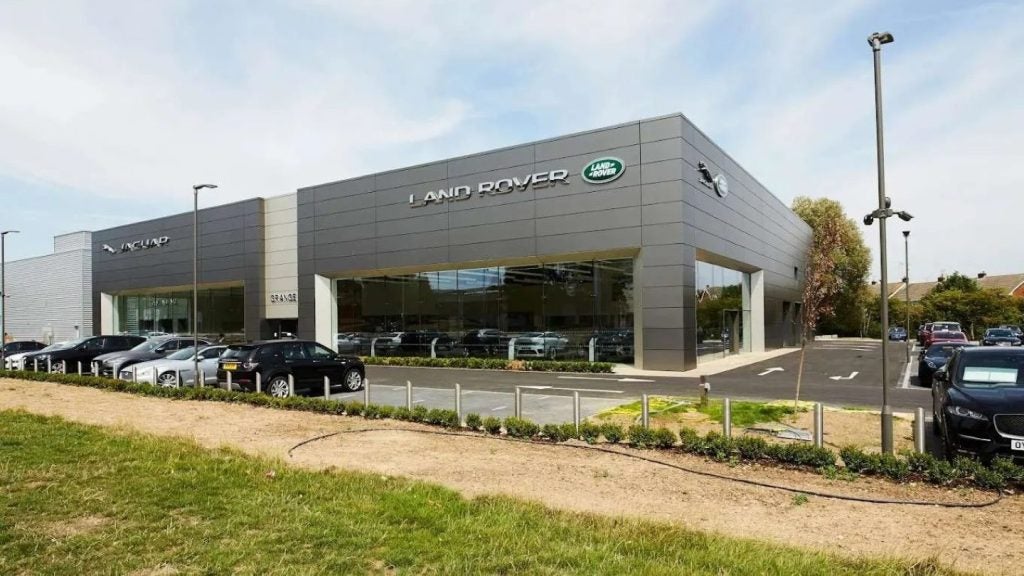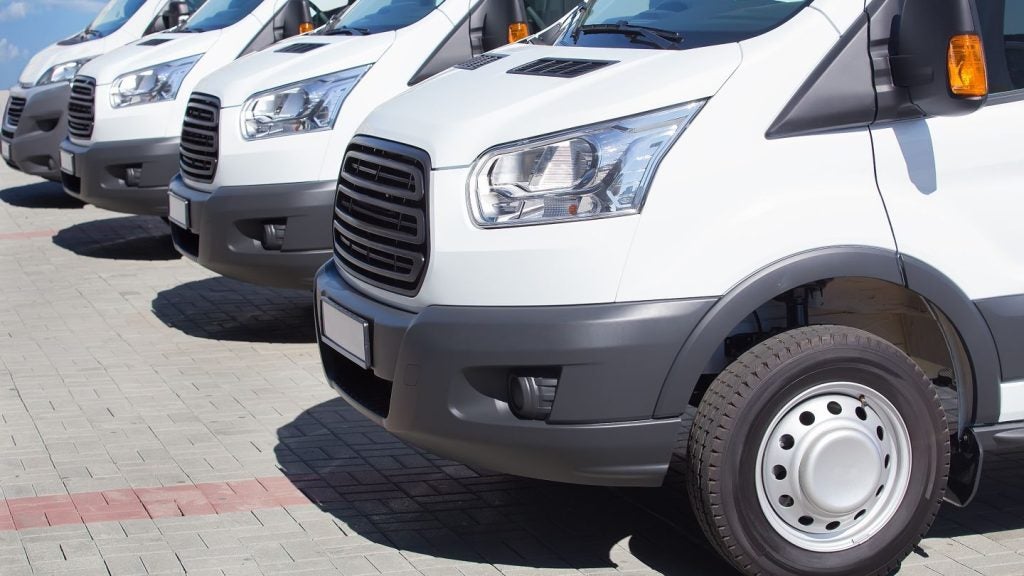On 17th June the European Commission (EC) announced it was opening an in-depth investigation into the proposed PSA-FCA merger due to concerns over the merged company’s dominant market in light commercial vehicles (LCVs) under 3.5 tonnes gross vehicle weight (GVW).
The EC’s Executive Vice-President Margrethe Vestager, responsible for competition policy, said: “Commercial vans are important for individuals, SMEs and large companies when it comes to delivering goods or providing services to customers. They are a growing market and increasingly important in a digital economy where private consumers rely more than ever on delivery services. Fiat Chrysler and Peugeot SA, with their large portfolio of brands and models, have a strong position in commercial vans in many European countries.
“We will carefully assess whether the proposed transaction would negatively affect competition in these markets and ensure that a healthy competitive landscape remains for all the individuals and businesses relying on commercial vans for their activities.”
The problem for the merger is that the LCV segment is already highly concentrated within Europe – there are far fewer brands competing in LCVs than there are in passenger cars. According to GlobalData’s European light vehicle production forecast there are 42 brands present in passenger vehicle production in the region, while for LCVs there are just 14 brands present.
Any merger that proposes bringing together six of those brands – Peugeot, Citroen, Fiat, Ram, Vauxhall and Opel – is going to be up against it even on such a crude measure of market concentration.
There’s already much that goes on behind the scenes to enhance the scale economies of competing in Europe’s LCV market. PSA and Fiat already have the long-standing Sevel joint venture, Ford and VW are coming together with joint products in the car-derived van and 3.5 tonne LCV segment, Fiat, PSA and Opel worked together on CDVs when they were separate entities, while VW and Mercedes-Benz jointly developed vans (Sprinter and Crafter) in the 3.5-6 tonne LCV segment.

US Tariffs are shifting - will you react or anticipate?
Don’t let policy changes catch you off guard. Stay proactive with real-time data and expert analysis.
By GlobalDataExtricating this complicated supply pattern in to something that satisfies the EC is going to lead to plenty of head scratching. Possible solutions could be:
- Ring-fencing brands so they compete in certain segments. For example, Opel, Vauxhall and Citroen might be asked to only compete in the small CDV segment, with the other brands in the merged entity left to compete in the 3.5 tonne segment
- Retiring some van making capacity. The combined entity will have seven plants making just over 900,000 LCVs in 2024 according to GlobalData. Smaller plants, most likely outside France and Italy, could be sacrificed to satisfy the EC. These could include Luton (UK), Mangualde (Portugal) and Gliwice (Poland)
- Spinning-off and packaging one or more of the brands into a separate entity for later sale. However, besides Ram most are of a similar size in Europe and without the accompanying passenger vehicles neither would look particularly appetising to investors
Neither of the above solutions looks particularly compelling and will be a bitter pill for PSA-FCA to swallow if the EC’s investigation finds that the merger does contravene competition policy. Whatever happens executives in Detroit, Turin, Paris and Russelsheim will be eyeing events at the EC with a fair amount of trepidation.







